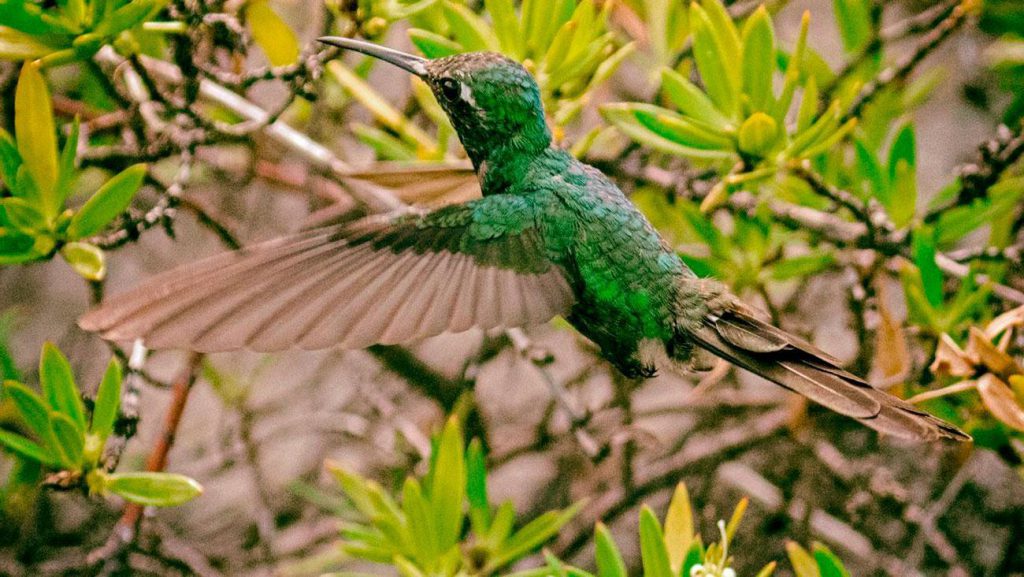Content
Imagine being immersed in a world of vibrant green jungles, spectacular waterfalls, and unique biodiversity. That’s precisely what you can expect at Mensura-Pilotos National Park in Cuba. We will unveil the hidden treasures of this natural paradise and provide you with the necessary tools to plan your adventure.
Introduction to Mensura-Pilotos National Park
History and Recognition as a National Park
Mensura-Pilotos National Park is a living testament to Cuban natural heritage. Declared a national park in 2008 by the Executive Committee of the Council of Ministers, but with the area functioning since 1992, its name refers to the two geographical areas it comprises: the Mensura Plateau and the Sierra de los Pilotos.
The Mensura-Pilotos area holds significant historical importance. During the fight for independence, General Máximo Gómez camped in Casimba and had an encounter with Spanish forces in Canapú in 1872. Additionally, in 1878, General Antonio Maceo established his camp on Loma del Naranjo, known as Maceo’s Hill, near Birán, within the park’s boundaries. During that time, Fidel Castro visited and took walks in the area, shaping his spirit in the struggle for the freedom of the Cuban people.
Location and Access
Located in the eastern province of Holguín, in the municipality of Mayarí, this park offers relatively easy access from the city of Holguín, allowing visitors to explore its lush beauty. It borders the municipalities of Cueto and Julio Antonio Mella in the province of Santiago de Cuba.
Climate
In Mensura-Pilotos National Park, the days are typically comfortable with a humid subtropical climate, with daily maximum temperatures ranging between 20.1°C and 30.0°C, and minimum temperatures varying between 10.1°C and 20.0°C.
Geographical Features
Unique Flora and Fauna
The park is a paradise for nature enthusiasts, with exceptional flora and fauna. From rare orchids to endemic birds, the biodiversity here is truly astounding. Pine and charrascal forests are common.
As for fauna, the region boasts rich biodiversity, harboring several endemic species. Ninety species of birds have been recorded, including the tocororo (Cuba’s national bird), the nightingale (an endangered species), and the long-tailed hawk, among others. Migratory species such as the black-throated blue warbler and the solitaire are also present. Regarding reptiles, representation from the iguanidae family and specimens from the trochilicidae family, like caracolus, Sacricia, Emoda, and Corida, are endemic to the eastern region. Furthermore, mammal species like hutias and bats can be found, as well as reptiles like the Santa María boa, the brown-eyed stick lizard, and the eastern gray chipojo.
Rivers and Waterfalls
The park is home to the Guayabo Waterfall, the tallest waterfall in Cuba. Moreover, it is crossed by numerous rivers that offer swimming and kayaking opportunities.
Summits and Lookouts
The mountains of the Sierra de los Pilotos offer breathtaking panoramic views that leave visitors in awe. The summit of Pico Mogote is a popular spot for hikes.
Caves and Geological Formations
Caves and limestone geological formations are also a standout feature of the park, providing visitors with a unique spelunking experience.
Activities and Excursions
From hiking to spelunking, there’s something for everyone in Mensura-Pilotos National Park.
Salto del Guayabo: Cuba’s Tallest Waterfall
A must-see is the Salto del Guayabo, an amazing waterfall that plunges in two tiers, a truly impressive natural spectacle.
Hiking in the Pine Forest
The park’s pine forests offer a perfect setting for hiking and birdwatching, providing a peaceful and rejuvenating experience.
Birdwatching and Wildlife Observation
With a wide variety of endemic species, the park is a true paradise for bird lovers. Species like the tocororo, Cuba’s national bird, can be observed here.
Cave Exploration
For the more adventurous, the park’s caves provide an exciting opportunity for underground exploration.
Practical Information
Best Times to Visit
The park is beautiful year-round, but the best time to visit is during the dry season, from November to April, to avoid heavy rainfall.
Getting There: Transportation and Directions
Located about a two-hour drive from the city of Holguín, the park is accessible through various means of transportation.
Park Regulations and Safety Tips
Respecting park regulations is vital to protect its fragile ecosystem. Make sure to stay on designated trails and carry out all the trash you generate.
Accommodation and Services Near the Park
There are several lodging options near the park, ranging from campsites to more comfortable hotels. There are also restaurants offering delicious local dishes.
Suggested Itineraries
One-Day Itinerary in Mensura-Pilotos National Park
We offer a step-by-step guide to make the most of a day in the park, including the main attractions and activities.
Multi-Day Excursion Itinerary
For those with more time, we propose a multi-day itinerary that allows for in-depth exploration of the park’s wonders.
Recommendations for Family Activities and Special Interest Groups
The park offers options for everyone, whether you’re traveling with family, as a couple, or in a group of friends with specific interests.
Conservation and Sustainability
Role in Environmental Conservation in Cuba
Mensura-Pilotos National Park plays a crucial role in environmental conservation in Cuba, safeguarding important habitats and species.
Current Conservation Projects
Several ongoing projects focus on biodiversity conservation and protecting the park’s ecosystem.
How Visitors Can Contribute to Conservation
Visitors can contribute to park conservation by following some simple yet important guidelines. These include respecting designated trails, not leaving trash or disturbing wildlife, and supporting local conservation initiatives through donations or volunteer participation.
